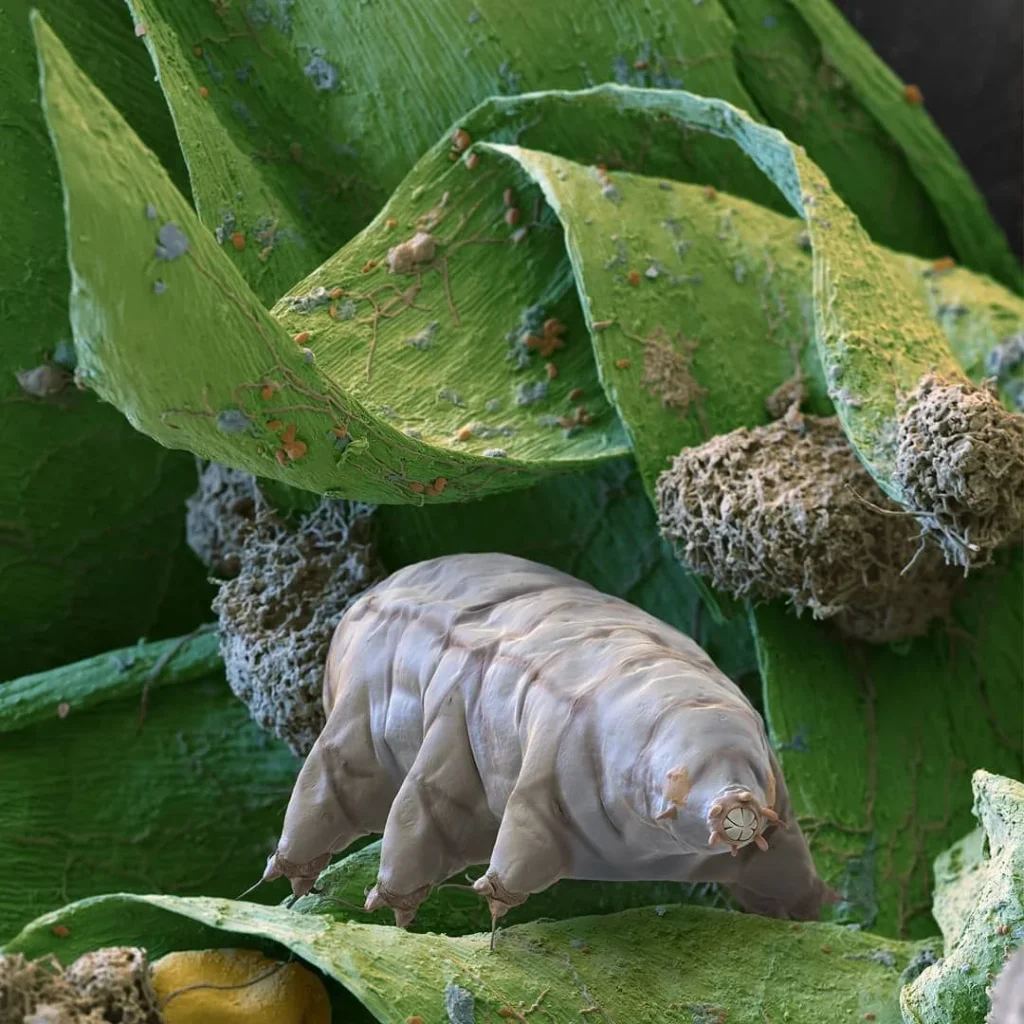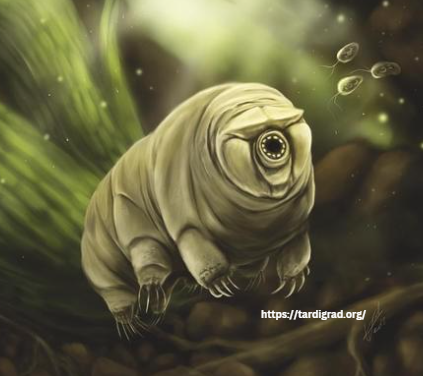Physiology
The study of the biological functions and processes of tardigrades, including their metabolism, respiration, and reproduction.
Introduction:
Tardigrades, those remarkable microorganisms also known as water bears, continue to astound scientists with their incredible survival abilities. In this blog post, we embark on a captivating journey into tardigrade physiology, exploring their essential biological functions, metabolic processes, respiration mechanisms, & unique methods of reproduction. Prepare to be amazed by the astonishing intricacies of these extraordinary creatures.

Body
Metabolism
Tardigrades possess a diverse array of metabolic adaptations that enable them to survive in extreme environments. Despite their microscopic size, they exhibit a complex metabolic system. Through the process of metabolism, tardigrades obtain and utilize energy from their surroundings,ensuring their survival. Their metabolic activities include the breakdown of nutrients, synthesis of proteins, and production of essential molecules required for cellular
Respiration
Tardigrades exhibit various respiratory mechanisms depending on the environment they inhabit. In aquatic habitats, they respire through their skin, absorbing dissolved oxygen and releasing carbon dioxide. Some tardigrades possess specialized structures called tubules that enhance respiration. In terrestrial environments, certain species have adapted to respire through air-filled cavities or structures called tracheae
Reproduction
Tardigrades employ intriguing reproductive strategies to ensure the continuation of their species. They can reproduce both sexually and asexually. Sexual reproduction involves the fusion of gametes produced by males and females, resulting in the development of eggs that hatch into juvenile tardigrades. In unfavorable conditions, tardigrades can enter a state of cryptobiosis, a dormant state where they can withstand extreme environments. During cryptobiosis, they reproduce asexually by laying resistant eggs called cysts, which can survive until more favorable conditions arise

Frequently Asked Questions.
Tardigrades obtain energy through metabolic processes that involve the breakdown of nutrients and synthesis of essential molecules.
Tardigrades respire through their skin in aquatic environments, absorbing oxygen and releasing carbon dioxide. In terrestrial habitats, some species respire through air-filled cavities or tracheae.
Tardigrades reproduce both sexually and asexually. Sexual reproduction involves the fusion of gametes, while asexual reproduction occurs through the laying of resistant eggs called cysts during cryptobiosis.
